Visual commerce is one of many ways to stand out among your competitors. After all, the internet is largely a visual medium. So how can you start using this medium to your advantage? Visual commerce.
What is visual commerce?
Visual commerce is an umbrella term that includes, but is not limited to:
- Highlighting more visual elements of your product. This can include photos of your products in use, shots from up close, 360 degree views, videos, and more. And these visual elements can be displayed throughout your eCommerce store — not just on the product pages.
- Collecting user-generated photos and videos from social media channels like Instagram, Facebook, Twitter, Snapchat, YouTube, etc.) and repurposing them within your visual marketing materials.
- Adding shoppable layers to visual content on your site and letting potential customers click on photos that take them directly to your product pages.
The idea behind visual commerce is that you’re taking the “normal” visuals that people expect when they visit an online store and bringing them to life. Instead of just having two or three product photos or product videos, you have a combination of product photos, a super engaging video, authentic customer photos, and maybe even a virtual try-on feature.
When it comes to visual commerce, your goal is to use the visual tools at your fingertips to create the best online shopping experience you can.
Why is visual commerce so important?
The biggest obstacle you’ll overcome as an online seller is that you have no way of allowing your customers to touch your products or see them up close and personal before they purchase it.
The only thing your customer has to look at when shopping online is a few pictures of the product on a white background — or at best, a model. This is probably the reason why organic, Instagram-style UGC photos increase conversion rates by 25% over professional photos.
At one point, going the extra mile with visual commerce would have helped to increase sales, but this wasn’t strictly necessary. Now, with eCommerce becoming an increasingly crowded space, your customers need to be able to see your product as much as possible, whether it’s visual photos of the product being used by people who look like them, videos or 360 views showing how it looks in 3D, or both (or another combination of different forms of visual commerce like virtual reality!).
In addition to that, social proof, or seeing other people using your product, can help you sell more by influencing consumer behavior and creating a more engaging online shopping experience.
How eCommerce stores use visual commerce
Today, it’s not about whether or not the best brands have great online visual merchandising — it’s a necessity, not an option — but rather how online retailers use visual commerce to their advantage.
Nike is a great example of a brand using strong storytelling imagery on their homepage, with a large animated hero image that links the user to a specific footwear collection:
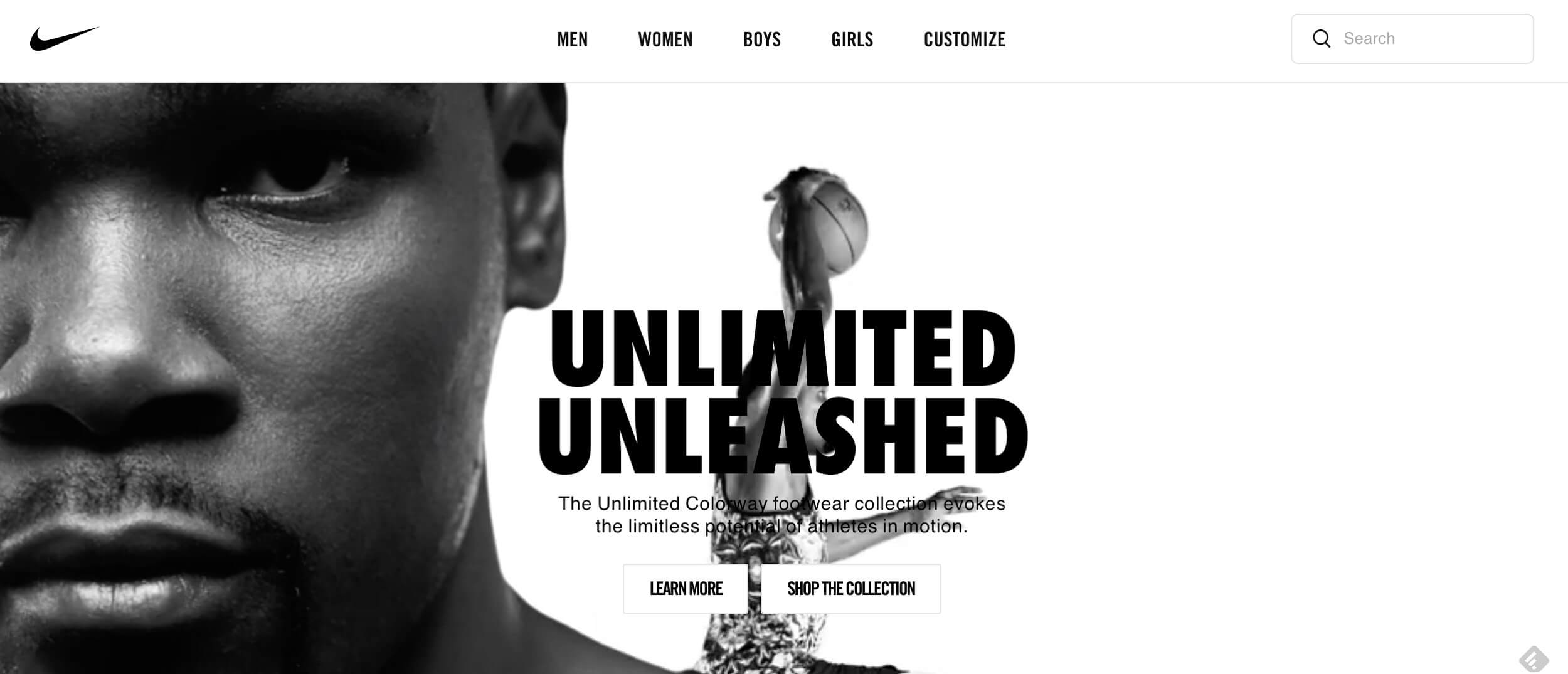
Lush uses a similar tactic on their homepage:
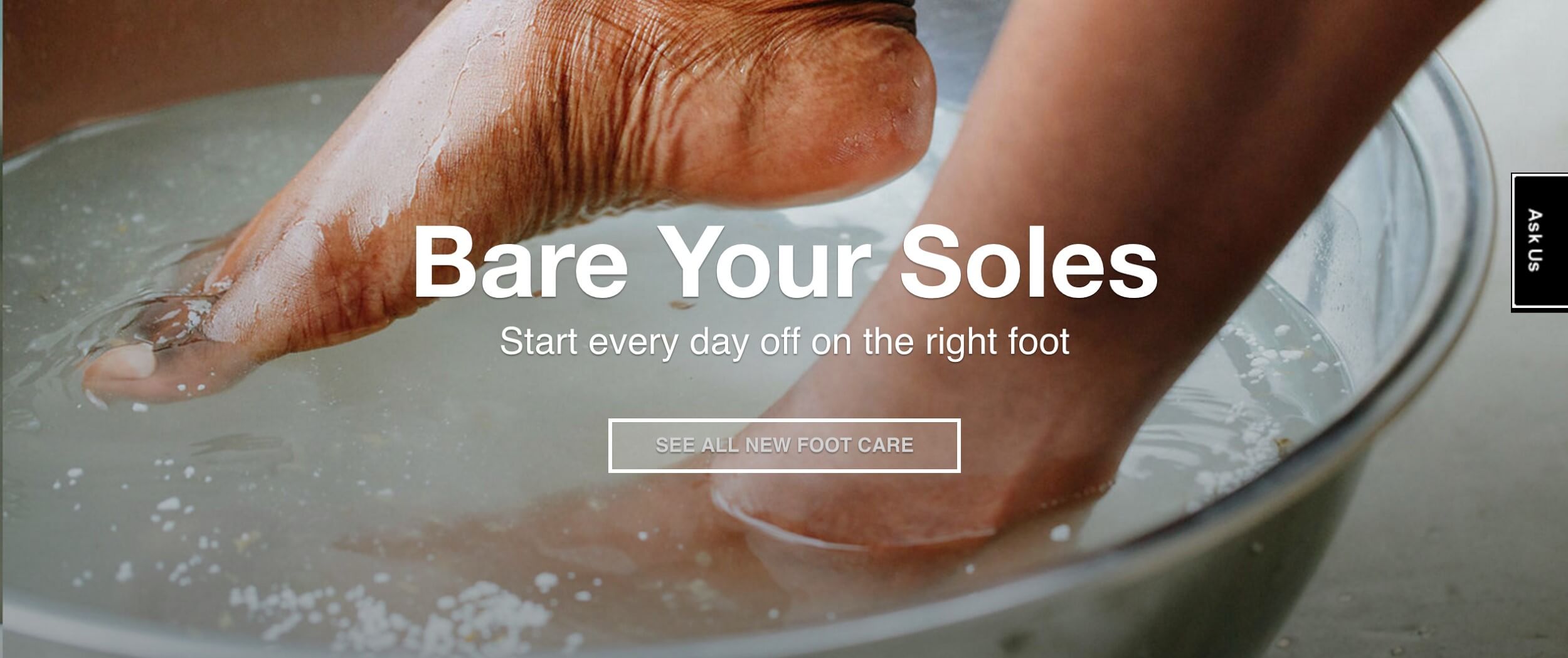
Adidas uses this tactic on their women’s landing page, but takes it to the next level by letting the viewer click straight through to the products in the photo:
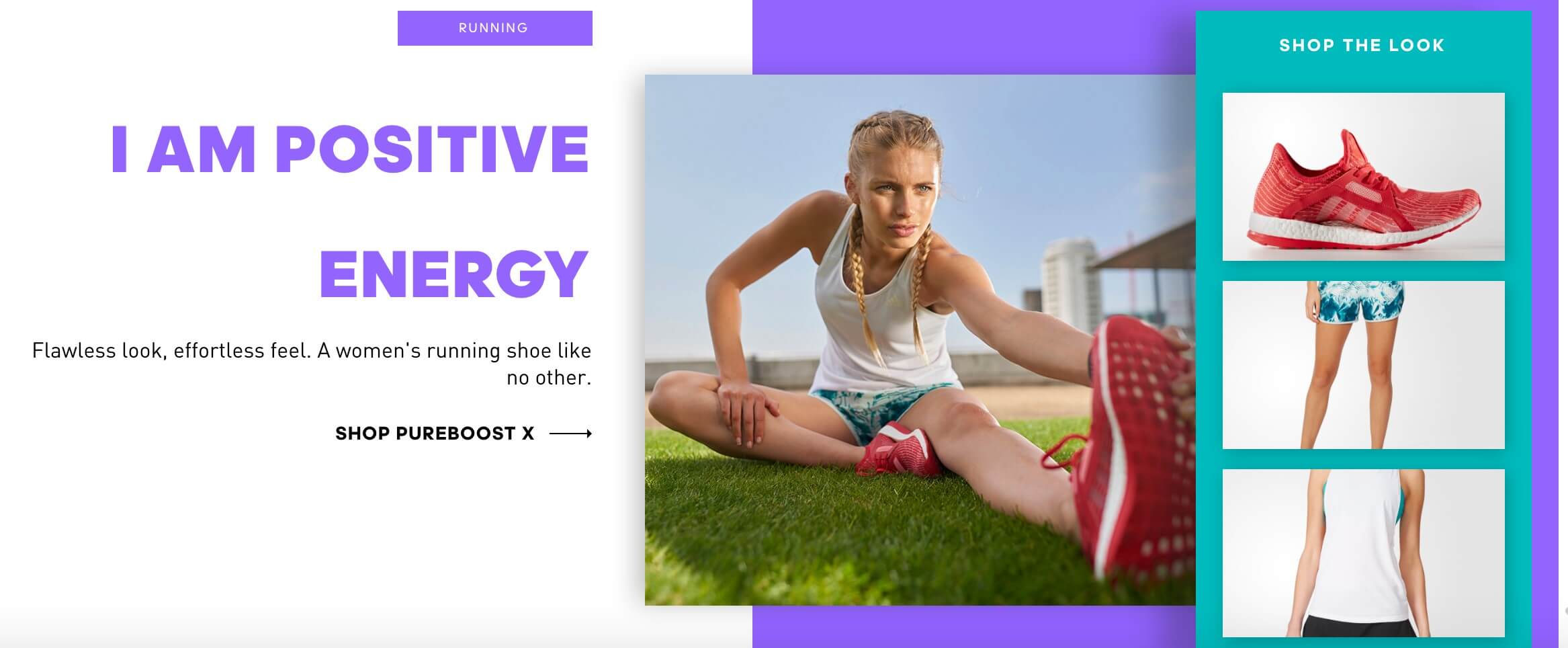
ModCloth adds consumer generated media to its visual commerce techniques, with an entire page that highlights outfit photos sent in from users:
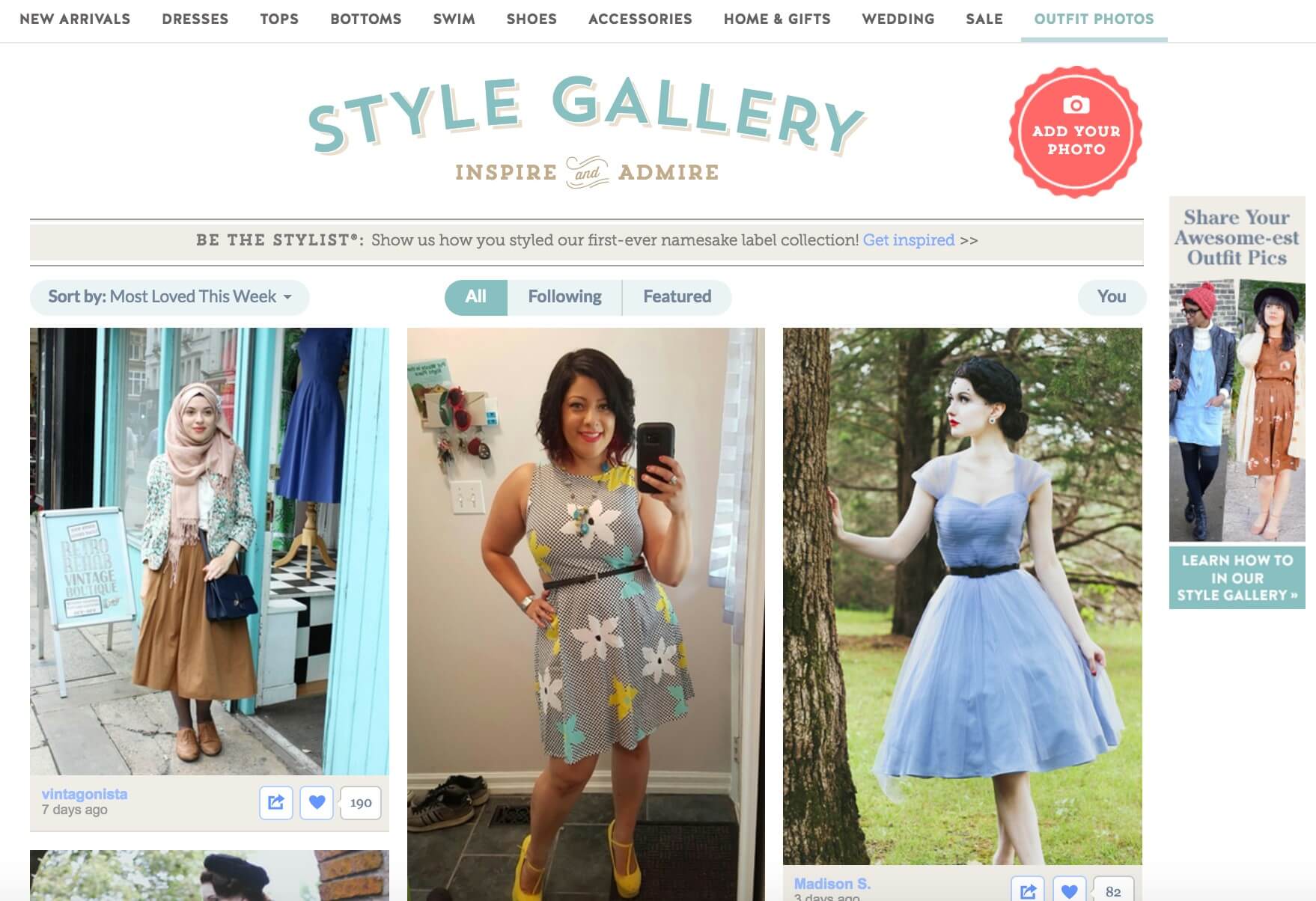
Photos range from those that look professionally styled and/or photographed to fun bathroom selfies, and users can like and share images.
Click on any image, and you’re taken to a list of products in the photo and similar products that you can purchase from the ModCloth site:
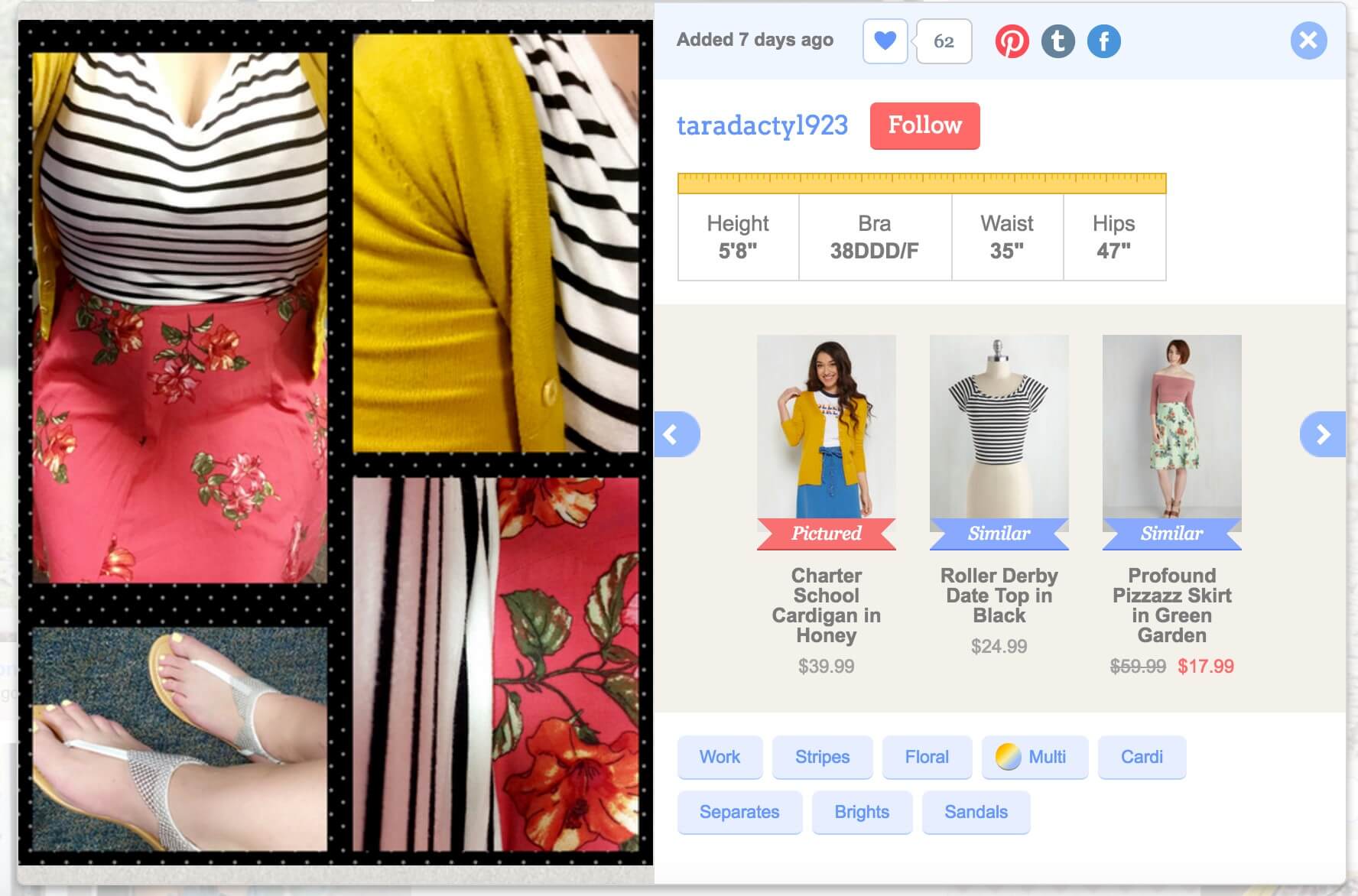
Visual eCommerce trends
Obviously, having large and in-action shots of products scattered throughout an online store is a strategy multiple stores are adopting — make sure that you’re adapting those experiences and images for mobile devices, too.
Adding 360 views and/or videos of your product on the product pages is another step to take, as it’s quickly becoming the standard.
This means taking content that your customers have created (like photos or videos) and showcasing it on your site or visual social media accounts. Aside from being useful in a visual commerce sense, this encourages fans and customers to post on Instagram, and other social media platforms, and tag your brand.
Given that the Instagram engagement rate is higher than any social channel, using UGC or setting up a shoppable Instagram account is a smart strategy. In fact, shops on Instagram allow followers to make purchases straight from their smartphones, creating a frictionless path to purchase for eCommerce shoppers.
You can also have users submit images with their reviews, as ModCloth does, showcasing them with the review and also collecting them at the top of the product page:
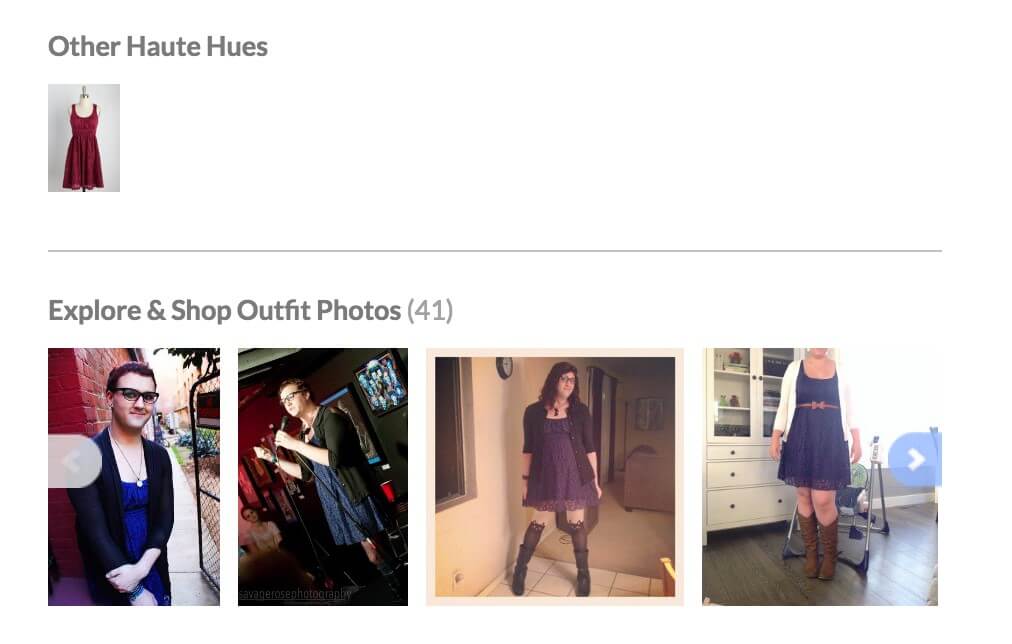
User-generated photos like these are great because they can significantly add to your visual commerce efforts and affect the consumer decision-making process, all without you having to dedicate a huge amount of time and money to them.
Everyone wins: Your customers are happy to be featured, your products get extra visibility on social media, and you get extra visual content to use on your site and in your marketing.
Enhancing your marketing strategy with visual commerce
To keep up with the next wave of eCommerce trends, your brand needs to start implementing a visual commerce strategy into your marketing efforts.
Some ideas can take longer to build, but you can get started today with these simple steps:
- Add videos on your product pages to boost engagement and social proof.
- Encourage customers to write reviews and include photos or videos. Creating user-generated images and displaying them to your site will help to enhance the buyer’s journey.
- Display customer photos that show your products being used. Then, re-share their images on Instagram, Facebook, Twitter, as well as any other social media platforms.
- Stay up-to-date with the latest Instagram marketing tips and strategies, and determine which ones make the most sense for your brand and your customers.
- Use a visual commerce platform to curate high-quality, conversion-boosting images and showcase them on your website’s product page and homepage.
With a visual commerce strategy in place, your eCommerce brand can boost conversion and engagement.


